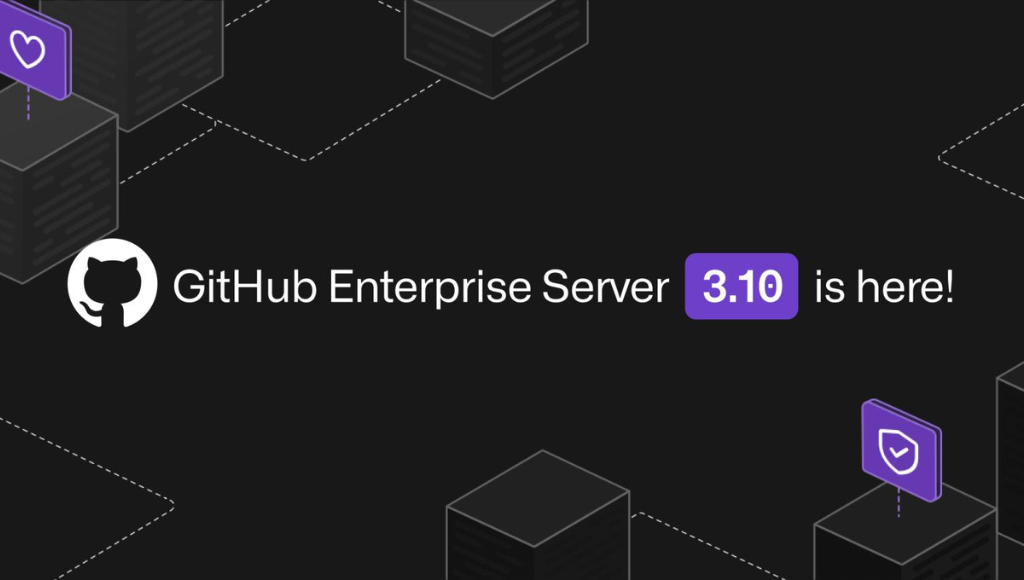Python, renowned for its convenience and developer-friendliness, might not be the fastest programming language out there. Much of its speed limitation stems from its default implementation, CPython, which operates as a single-threaded interpreter, not utilizing multiple hardware threads concurrently.
While Python’s built-in threading module can enhance concurrency, it doesn’t truly enable parallelism, especially for CPU-intensive tasks. Currently, it’s safer to assume that Python threading won’t provide genuine parallelism.
Python, however, offers a native solution for distributing workloads across multiple CPUs through the multiprocessing module. But there are scenarios where even multiprocessing falls short.
In some cases, you may need to distribute work across not just multiple CPU cores but also across different machines. This is where the Python libraries and frameworks highlighted in this article come into play. Here are seven frameworks that empower you to distribute your Python applications and workloads efficiently across multiple cores, multiple machines, or both.
1. Ray
Developed by researchers at the University of California, Berkeley, Ray serves as the foundation for various distributed machine learning libraries. However, Ray’s utility extends beyond machine learning; you can use it to distribute virtually any Python task across multiple systems. Ray’s syntax is minimal, allowing you to parallelize existing applications easily. The “@ray.remote” decorator distributes functions across available nodes in a Ray cluster, with options to specify CPU or GPU usage. Ray also includes a built-in cluster manager, simplifying scaling tasks for machine learning and data science workloads.
2. Dask
Dask shares similarities with Ray as a library for distributed parallel computing in Python. It boasts its task scheduling system, compatibility with Python data frameworks like NumPy, and the ability to scale from single machines to clusters. Unlike Ray’s decentralized approach, Dask uses a centralized scheduler. Dask offers parallelized data structures and low-level parallelization mechanisms, making it versatile for various use cases. It also introduces an “actor” model for managing local state efficiently.
3. Dispy
Dispy enables the distribution of Python programs or individual functions across a cluster for parallel execution. It leverages platform-native network communication mechanisms to ensure speed and efficiency across Linux, macOS, and Windows machines. Dispy’s syntax is reminiscent of multiprocessing, allowing you to create clusters, submit work, and retrieve results with precision control over job dispatch and return.
4. Pandaral·lel
Pandaral·lel specializes in parallelizing Pandas jobs across multiple nodes, making it an ideal choice for Pandas users. While it primarily functions on Linux and macOS, Windows users can use it within the Windows Subsystem for Linux.
5. Ipyparallel
Ipyparallel focuses on parallelizing Jupyter notebook code execution across a cluster. Teams already using Jupyter can seamlessly adopt Ipyparallel. It offers various approaches to parallelizing code, including “map” and function decorators for remote or parallel execution. It introduces “magic commands” for streamlined notebook parallelization.
6. Joblib
Joblib excels in parallelizing jobs and preventing redundant computations, making it well-suited for scientific computing where reproducible results are essential. It provides simple syntax for parallelization and offers a transparent disk cache for Python objects, aiding in job suspension and resumption.
7. Parsl
Parsl, short for “Parallel Scripting Library,” enables job distribution across multiple systems using Python’s Pool object syntax. It also supports multi-step workflows, which can run in parallel or sequentially. Parsl offers fine-grained control over job execution parameters and includes templates for dispatching work to various high-end computing resources.
In conclusion, Python’s limitations with threads are gradually evolving, but libraries designed for parallelism offer immediate solutions to enhance performance. These libraries cater to a wide range of use cases, from distributed machine learning to parallelizing Pandas operations and executing Jupyter notebook code efficiently. By leveraging these Python libraries, developers can harness the full potential of parallel processing for their applications.






